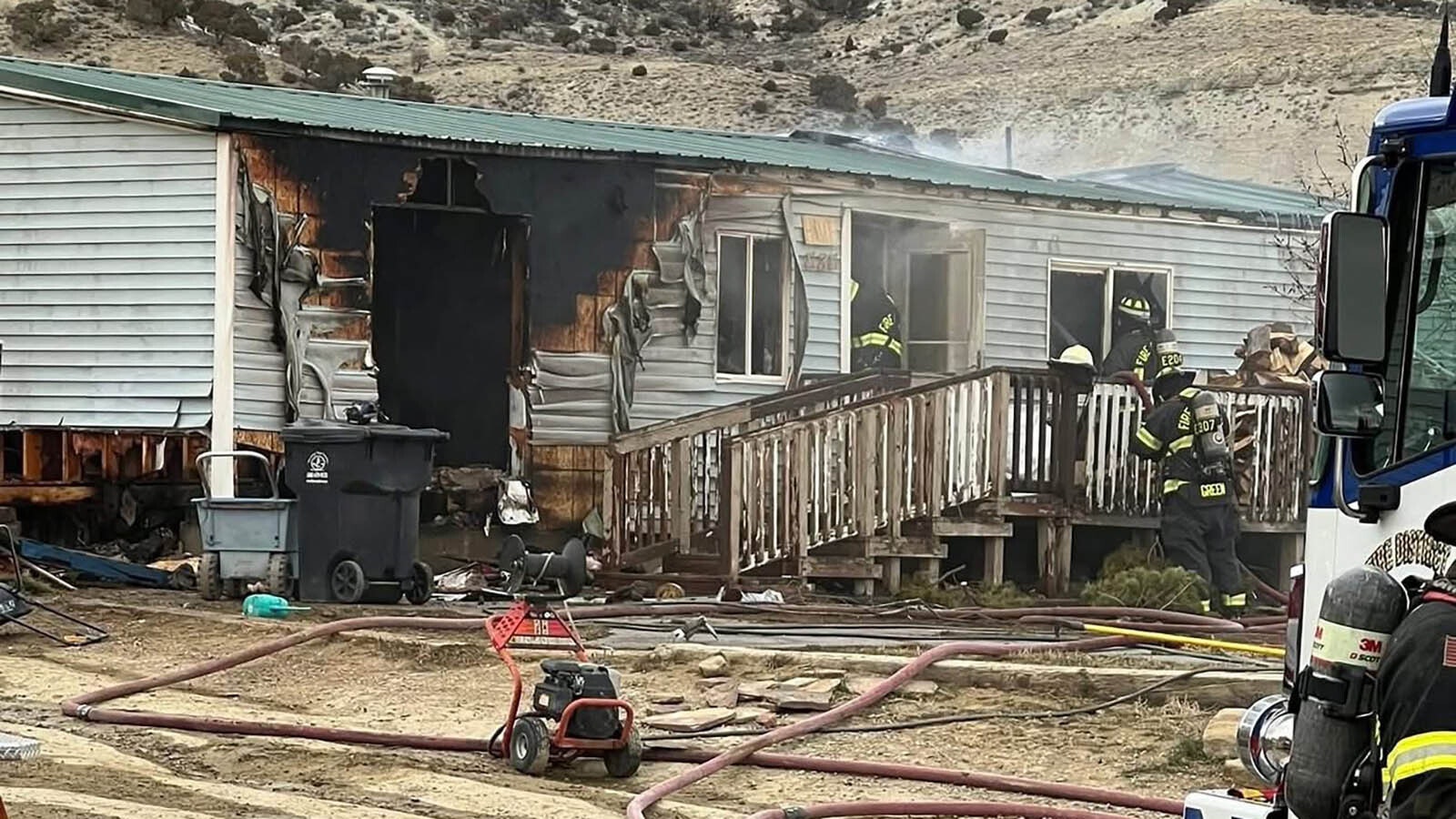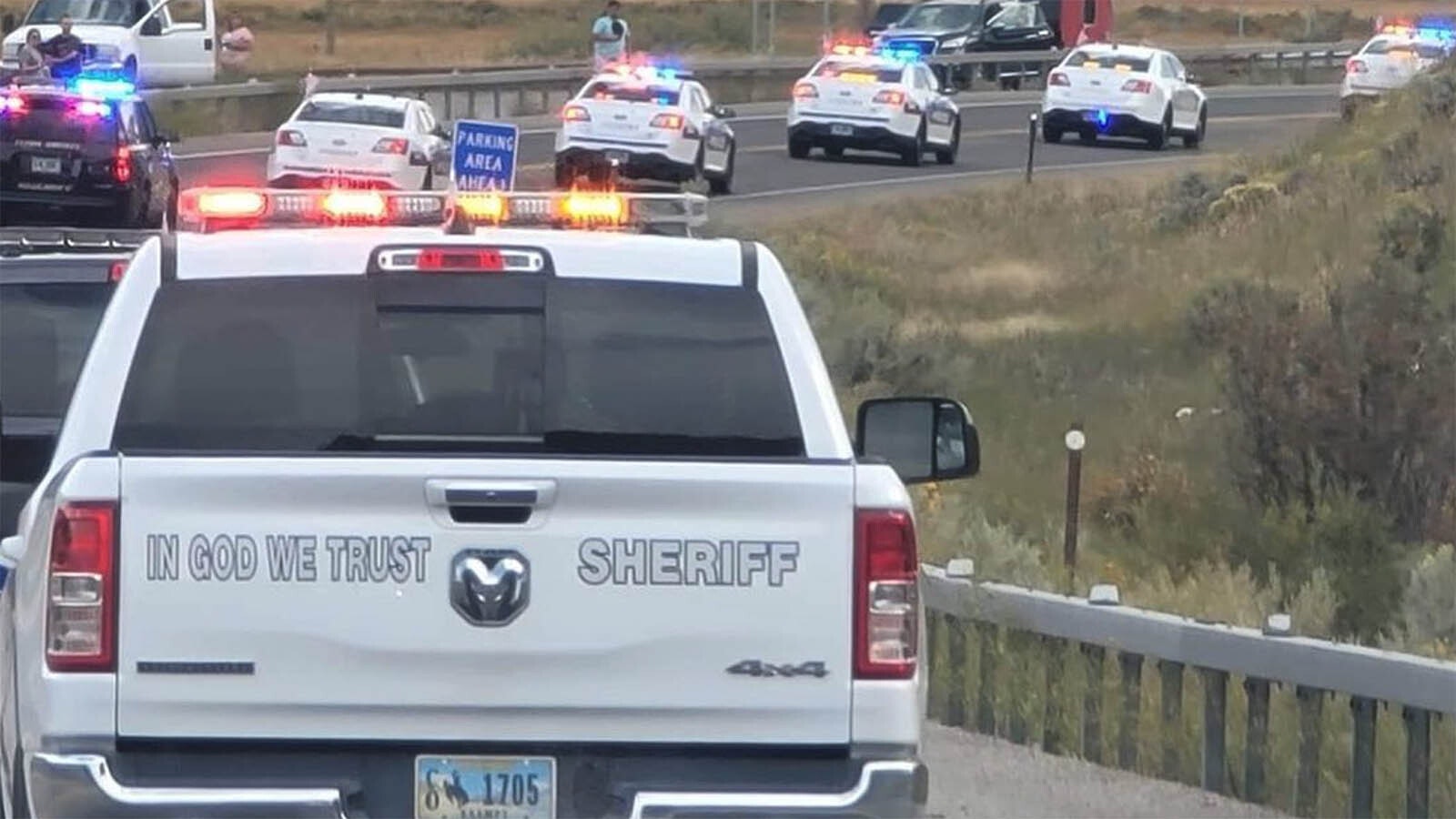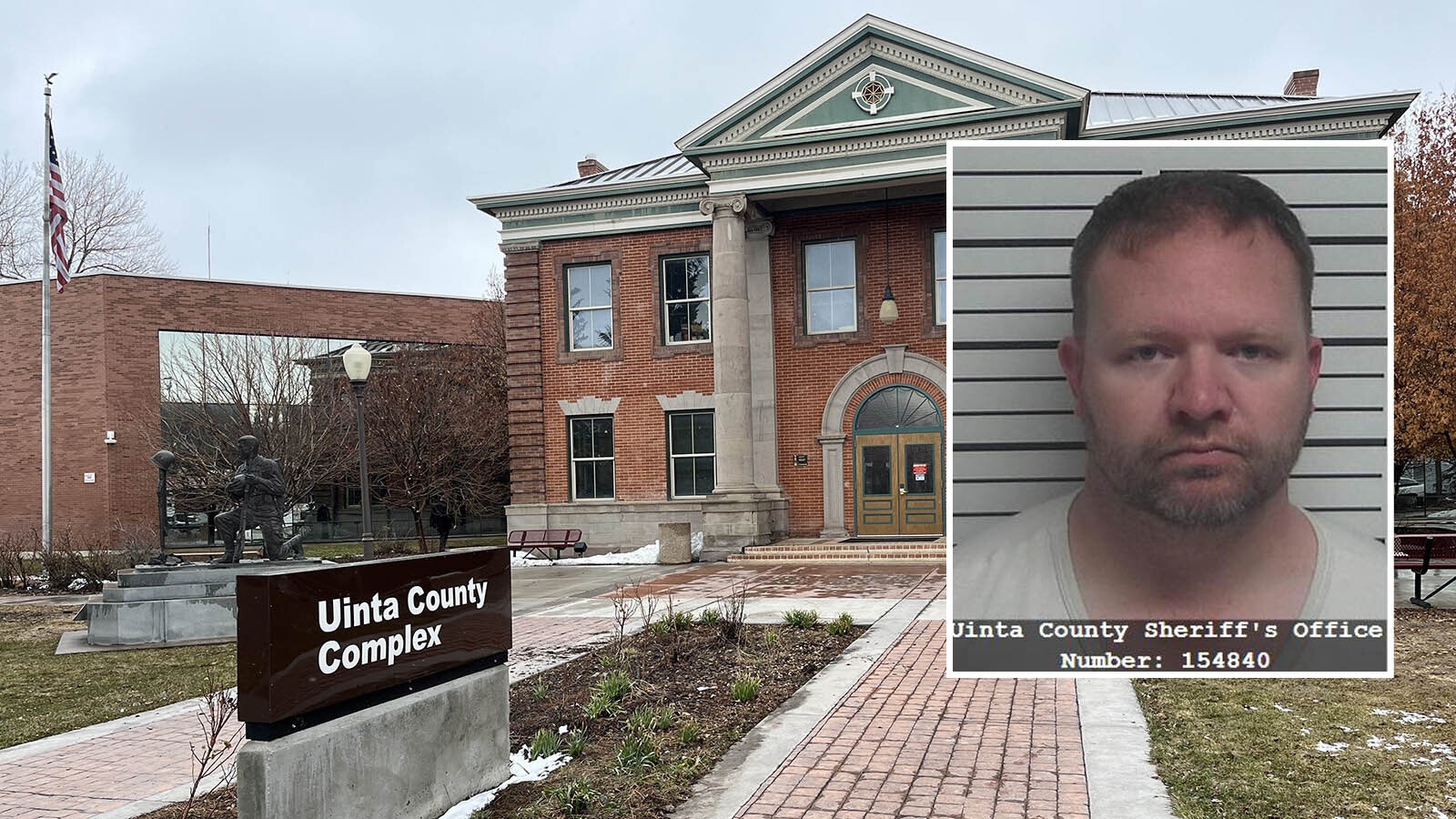Rising from the banks of Lower McDonald Creek just inside Glacier National Park, a three-story, partially constructed mountain getaway rises above the clear, turquoise water. It was started in late 2022 by a San Diego couple ambitious enough to take on an established Montana stream law and do as they please with their tiny sliver of property.
Now a federal judge is weighing arguments in a lawsuit over the house, and her decision could invite more unregulated development inside national park boundaries.
Last year, the local Flathead Conservation District ordered John and Stacy Ambler to demolish the unfinished home built on a 0.05-acre “inholding” lot of private property. It’s a postage stamp of a spread, about 2,200 square feet, and the land was grandfathered into the park at its creation in 1910.
The Conservation District found the couple failed to apply for the permit required to make changes to the creek while building their home.
The Ambler couple responded by suing the Conservation District, and on Wednesday, those with something to say about Glacier Park’s infamous creekside home spoke up in federal court in Missoula.
Arguments before U.S. District Judge Kathleen Desoto began with the Amblers’ attorney Trent Baker providing case law he said placed the property under federal jurisdiction alone. He argued Flathead County and the state of Montana can’t tell inholding property owners what to do.
“Jurisdiction over the Ambler Property within Glacier National Park was ceded to the federal government,” Baker argued in a supporting brief submitted to Judge Desoto.
Baker’s brief states, “The United States decides which state and county laws or regulations to apply there,” and insisted Flathead County and the state of Montana have “no jurisdiction to enforce” state laws.
Baker and his client, John Ambler, did not return phone, email and Facebook messages left by Cowboy State Daily.
Many of the couple’s neighbors in the little communities of West Glacier and Apgar Village can’t believe what they now see on the bank of McDonald Creek.
“Drove by a few weeks ago and was surprised it was still there. I thought it was ordered to be demolished!” one observer posted recently on Reddit.
The house sits near where McDonald Creek — a pristine tributary to the Flathead River — flows out of Lake McDonald. The Amblers’ house can be seen from a nearby bridge, allowing neighbors to keep tabs on the property as they continue to organize against the structure.
They don’t buy the idea that private inholding properties inside GNP are immune from state law.
But if John and Stacy Ambler prevail in this federal case, the court could grant them immunity from a longstanding state law.

Montana’s Stream Protection Law
Samantha Tappenbeck, resource conservationist with Flathead Conservation District, is tasked with helping to enforce the Montana Natural Streambed and Land Preservation Act.
“It's also known as the 310 law because of the number of the Senate bill that it was carried, back in 1975 it was Senate Bill 310,” Tappenbeck told Cowboy State Daily on Wednesday. “But what that law says is that any private individual or entity planning to do a project that would impact the bed or banks of a perennial flowing stream needs to get a permit from their local conservation district.”
The 1975 law set out to prevent costly damage to Montana’s streams caused by developing in the streambed or too close to the water along the banks.
“This state law applies, and we have jurisdiction over that project, which was on the immediate bank of McDonald Creek,” said Tappenbeck, adding that if the law is enforced and the Amblers are required to tear down the home, then it will be the second time a home has been demolished on the same lot.
“Back in 1964, there was a huge flood,” said Tappenbeck, remembering the epic disaster that caused McDonald Creek to flow backwards upstream into Lake McDonald.
“It did wash away the bank on that same property. And there was a house originally on that property that was severely compromised by that flood,” said Tappenbeck. “And so they ended up tearing that house down. And it was never rebuilt. But the Amblers built on that same property.”

Legal Loophole?
The Ambler home is located rock-skipping distance from McDonald Creek, but there are no floodplain designations from FEMA in the area, as the floodplain was never mapped. This limits Flathead County’s ability to regulate floodplain development, and helps explain why the Amblers moved forward without a state 310 permit or any formal permit from GNP.
“Glacier National Park did not ‘allow’ the construction on this private property,” according to a January, 2024, court filing by the Flathead Conservation District. “Glacier National Park has no regulations related to construction on private property. There are rigorous rules related to construction within Glacier National Park (and all federal lands), none of which were complied with by the plaintiffs… The plaintiffs obtained no valid permit, contract or agreement with the United States.”
Hoping to close what appears to be the loophole John and Stacy Ambler are trying to push their home through, neighbors banded together to form a group called Friends of Montana’s Streams and Rivers (FMSR).
Rob Farris-Olsen, an attorney representing FMSR, said the state’s 310 permit was intended to protect streams like McDonald Creek, both inside and outside the park boundary.
“It’s meant to protect the integrity of our waterways,” Farris-Olsen told Cowboy State Daily Thursday. “I mean, even with work that's been done in the park, on park land, the contractors have applied for 310 permits.”
“It’s frustrating,” said Farris-Olsen, confounded by the Amblers’ insistence that the enforcement of state law stops at the park boundary. “There’s no continuity of regulation between downstream and upstream.”
Farris-Olsen said it’s unclear what might happen if the Amblers prevail in federal court and score a precedent-setting victory in the name of permitless building inside national parks.
“For Wyoming, there's not a lot of inholdings within Yellowstone. And the ceding of the Grand Tetons to the feds, that was very different than Glacier,” said Farris-Olsen. “So I'm not really sure how much of an effect this will have on future Wyoming cases. However, it creates this regulatory void for a lot of inholdings because there's no building permits necessarily.”
David Madison can be reached at david@cowboystatedaily.com.





